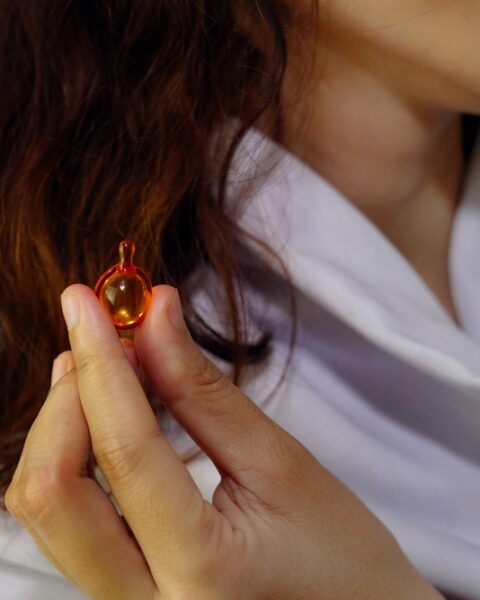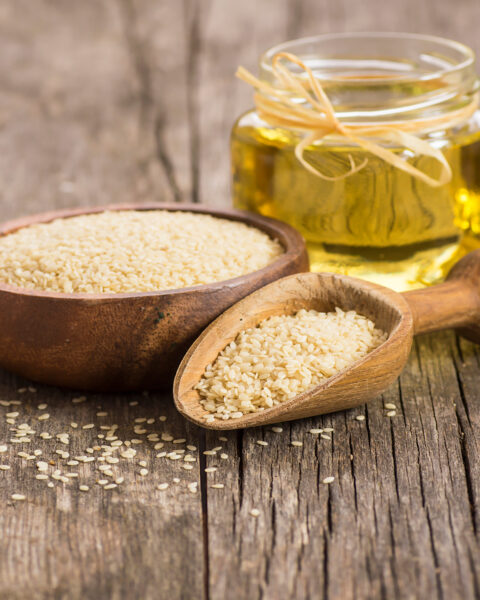When we clean our homes, we often reach for products that promise to make our surfaces sparkle and our air smell fresh. However, some of these cleaning products contain chemicals that can be harmful to our health. It’s easy to overlook the dangers lurking in these bottles, but being aware of them can help us make safer choices.
Contents
Phthalates
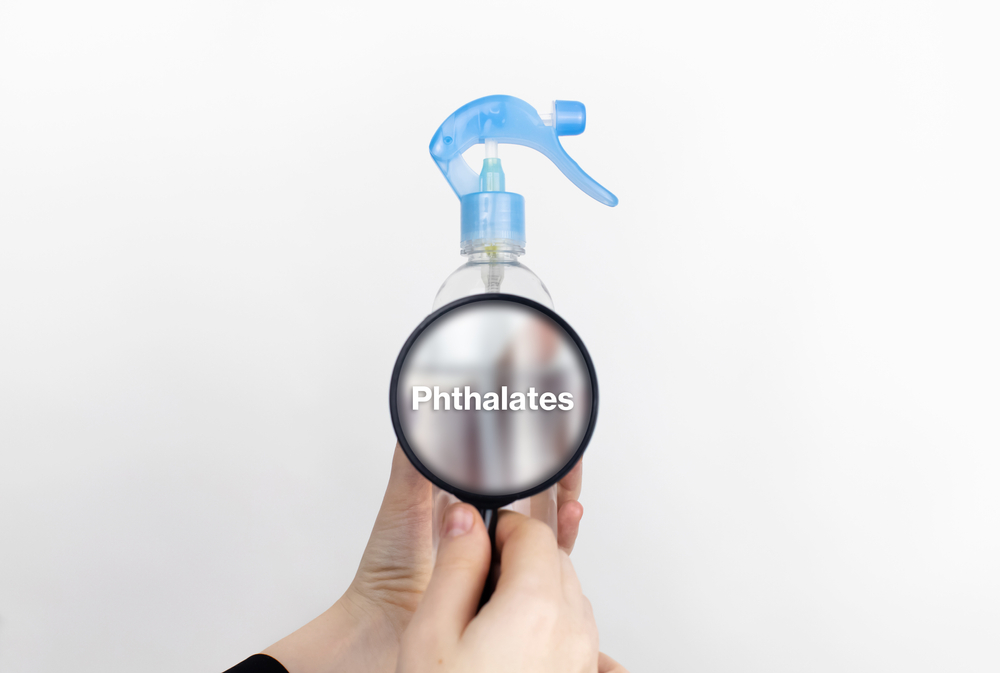
Commonly found in many fragranced household products such as air fresheners, dish soaps, and even toilet paper, phthalates are linked to hormone disruption. They can affect the endocrine system and may lead to reproductive issues. Phthalates enter the body through inhalation and skin absorption. Long-term exposure is particularly concerning for pregnant women and developing fetuses.
Triclosan
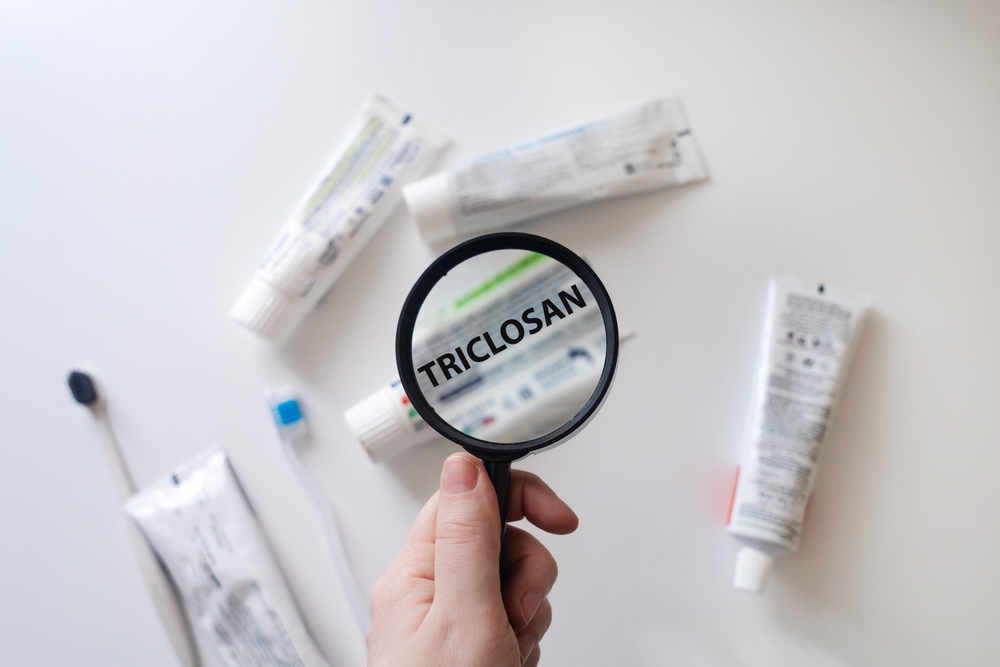
Previously used in antibacterial soaps and detergents, triclosan is known for its ability to disrupt thyroid function and hormonal balance. Although banned in many hand soaps, it still appears in some household products. It can lead to antibiotic resistance and negatively impact aquatic ecosystems when washed down drains. Continuous use contributes to the development of antibiotic-resistant bacteria.
Ammonia
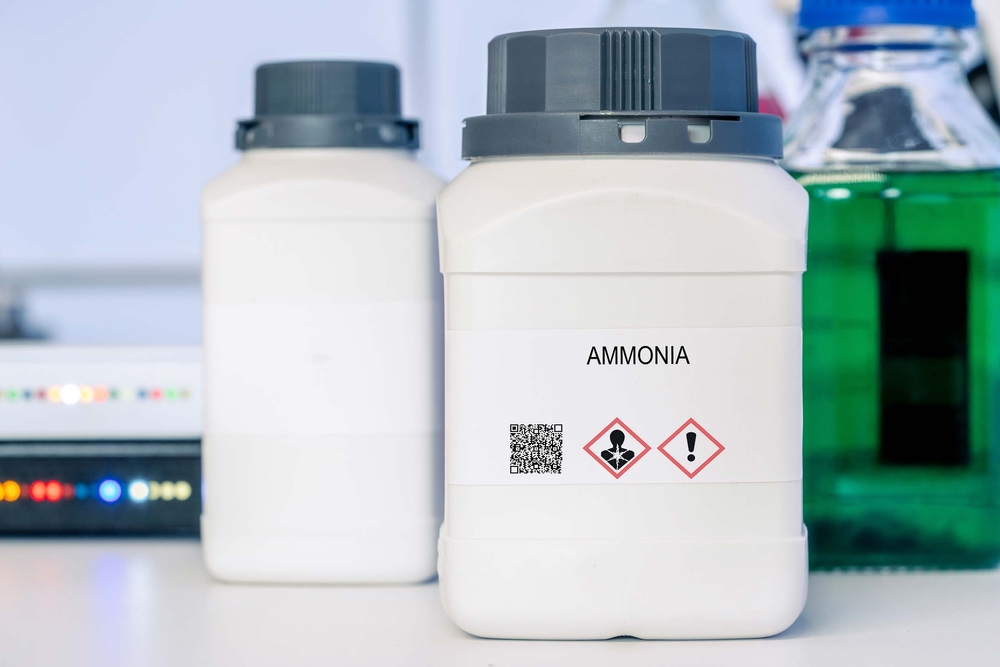
A strong cleaning agent found in glass cleaners, ammonia is effective at removing grime but can irritate the skin, eyes, and respiratory system. High exposure can cause severe lung damage and is particularly harmful to individuals with asthma or other respiratory conditions. Mixing ammonia with bleach creates toxic chloramine vapors that can be fatal when inhaled.
Chlorine
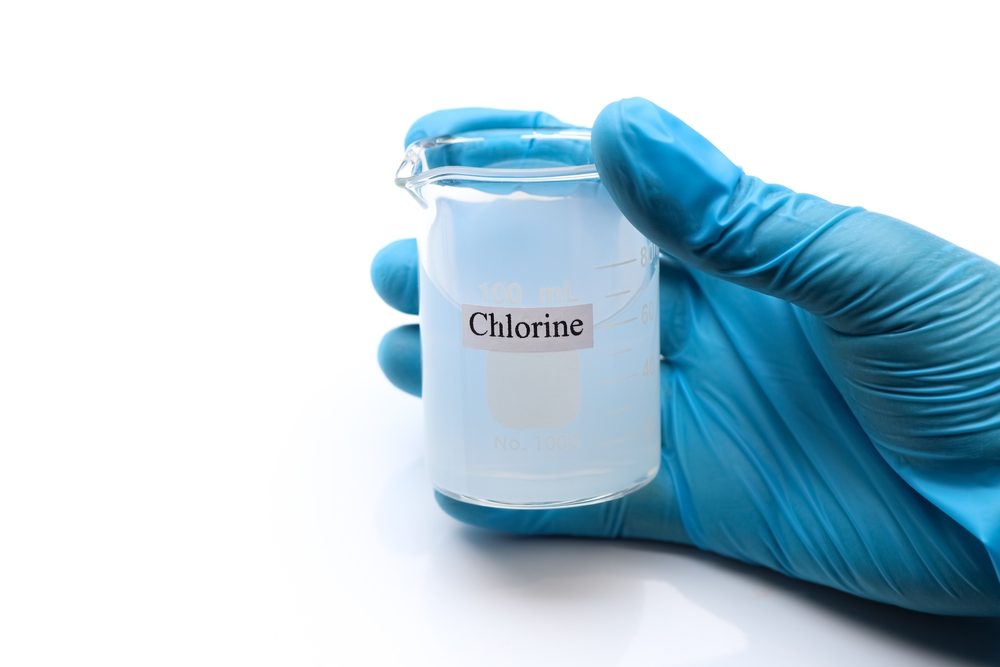
Used in bleach and many disinfectants, chlorine can cause respiratory problems, skin irritation, and eye damage. When mixed with other cleaning agents like ammonia, it releases toxic gases. Chlorine exposure is also linked to potential thyroid and reproductive system disruptions. Its pervasive use in household cleaning products necessitates cautious handling and adequate ventilation.
Sodium Hydroxide
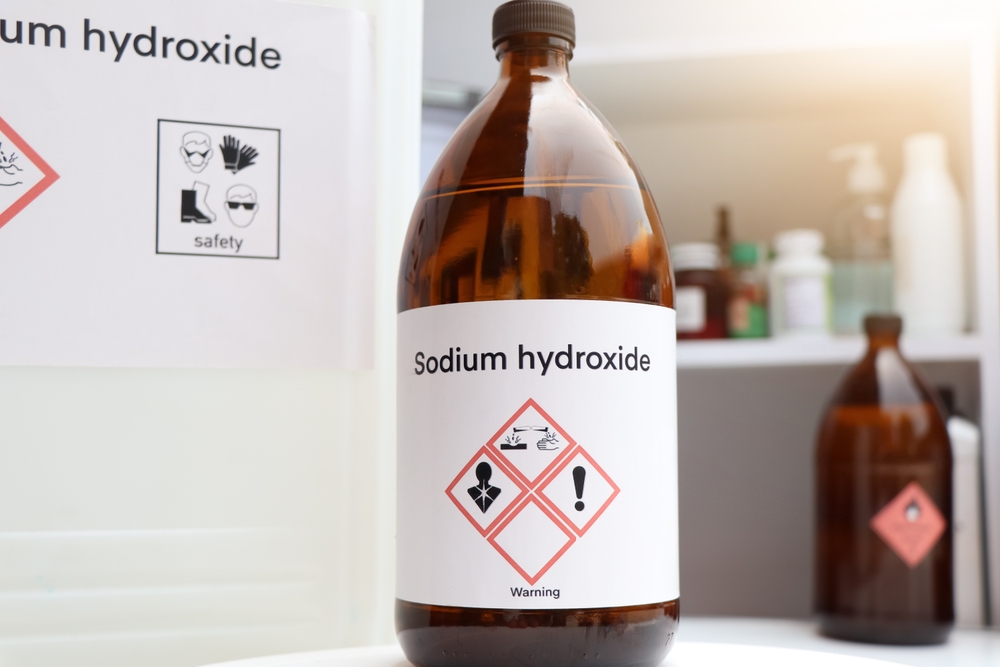
Commonly known as lye or caustic soda, sodium hydroxide is found in oven cleaners and drain openers. This highly corrosive chemical can cause severe burns on the skin and eyes. Inhalation can lead to throat irritation and respiratory distress. Proper protective gear is essential when using products containing sodium hydroxide to prevent accidental harm.
Sulfates
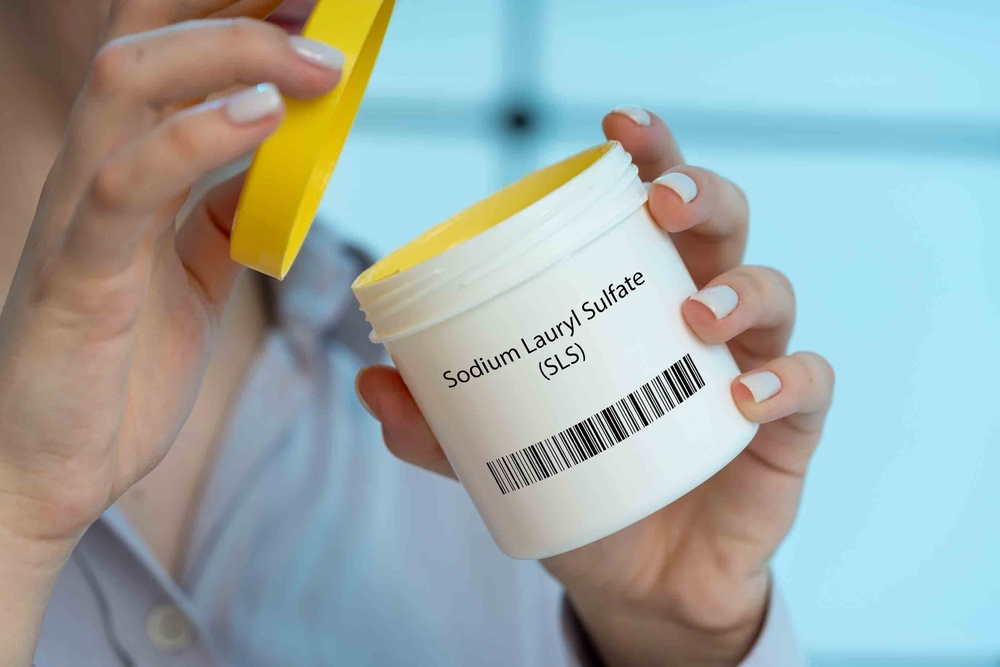
Sulfates, such as sodium lauryl sulfate (SLS), are common in detergents and soaps. They can cause skin irritation, particularly in people with sensitive skin or eczema. Inhalation of sulfate particles can lead to respiratory irritation and chronic bronchitis. Additionally, sulfates can be harmful to aquatic organisms when they enter water systems.
Formaldehyde
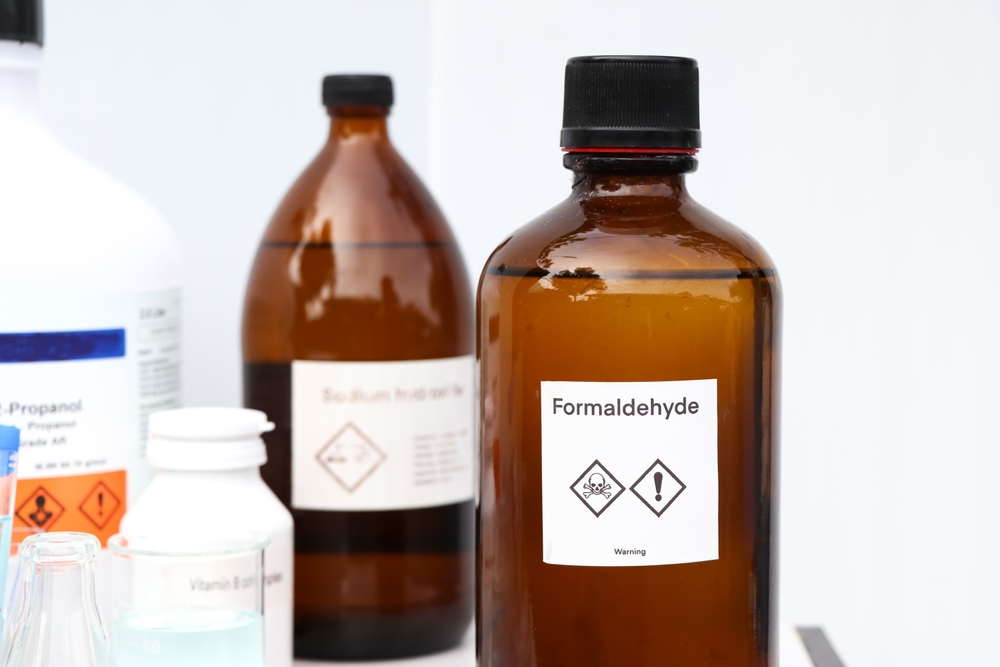
Used as a preservative in some cleaning products, formaldehyde is a known carcinogen. It can cause respiratory issues, skin irritation, and exacerbate asthma symptoms. Prolonged exposure to formaldehyde has been linked to an increased risk of cancer. Even at low levels, formaldehyde can contribute to indoor air pollution, affecting overall health.
Phenols

Phenols are used in disinfectants and antiseptics, often found in household cleaners and mouthwashes. They can be absorbed through the skin and are toxic to the liver, kidneys, and central nervous system. Exposure to phenols can cause irritation of the skin and eyes, respiratory issues, and, in severe cases, systemic poisoning. Long-term exposure may lead to more serious health problems, making it crucial to handle phenol-containing products with care and use protective equipment as necessary.
Ethanolamines (MEA, DEA, TEA)
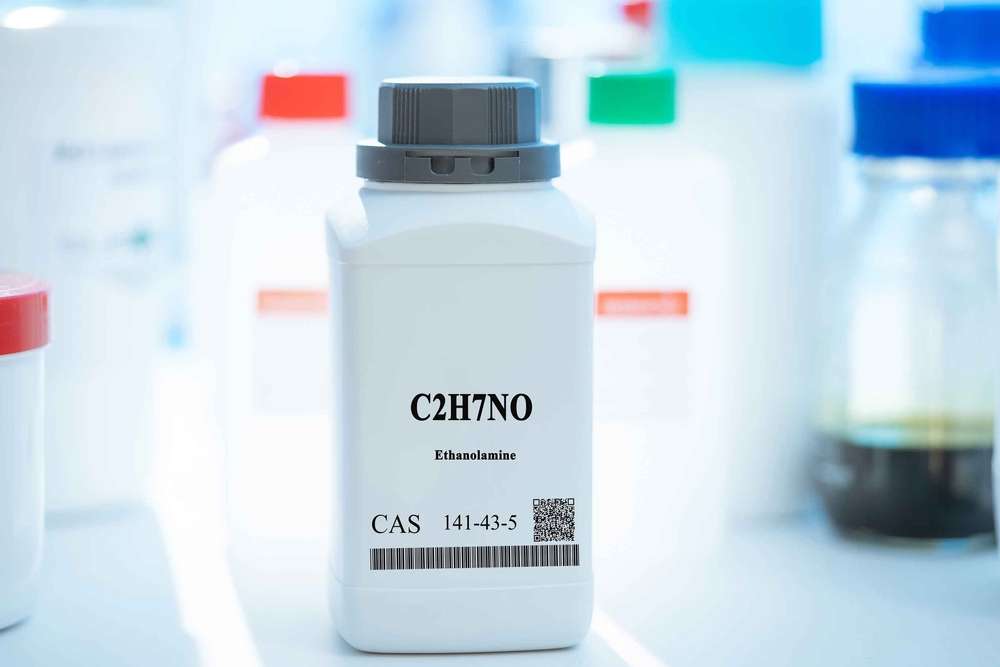
Ethanolamines, including monoethanolamine (MEA), diethanolamine (DEA), and triethanolamine (TEA), are found in a variety of cleaning products such as laundry detergents, all-purpose cleaners, and dishwashing liquids. These chemicals can cause respiratory issues and skin irritation. When mixed with nitrites, which are often present in cosmetics and food preservatives, they can form nitrosamines, potent carcinogens. Long-term exposure can also lead to liver and kidney damage, highlighting the importance of using ethanolamine-free products whenever possible.
Perfluoroalkyl and Polyfluoroalkyl Substances (PFAS)
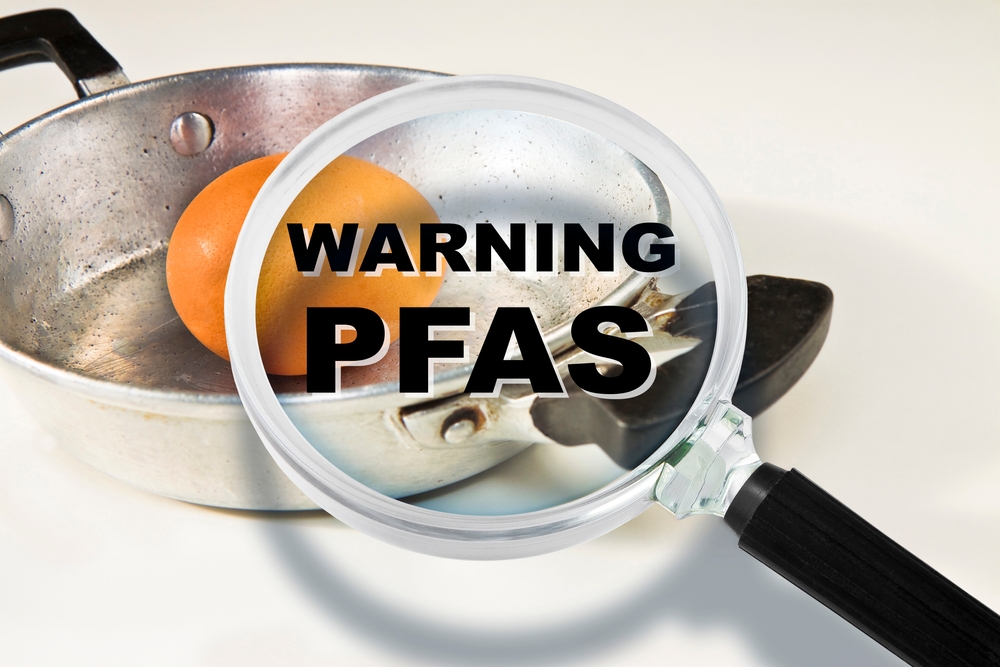
PFAS are found in stain-resistant sprays, water repellents, and non-stick cookware cleaners. These chemicals are known for their persistence in the environment and human body, often referred to as “forever chemicals.” Exposure to PFAS can lead to a range of health issues, including hormone disruption, immune system effects, and increased risk of certain cancers. Their ability to accumulate in the body over time makes even low-level exposure potentially dangerous, emphasizing the need to avoid products containing these substances.
This article originally appeared on RetailShout
More From RetailShout
Top 34 Barbecue Sides for Your Next Potluck
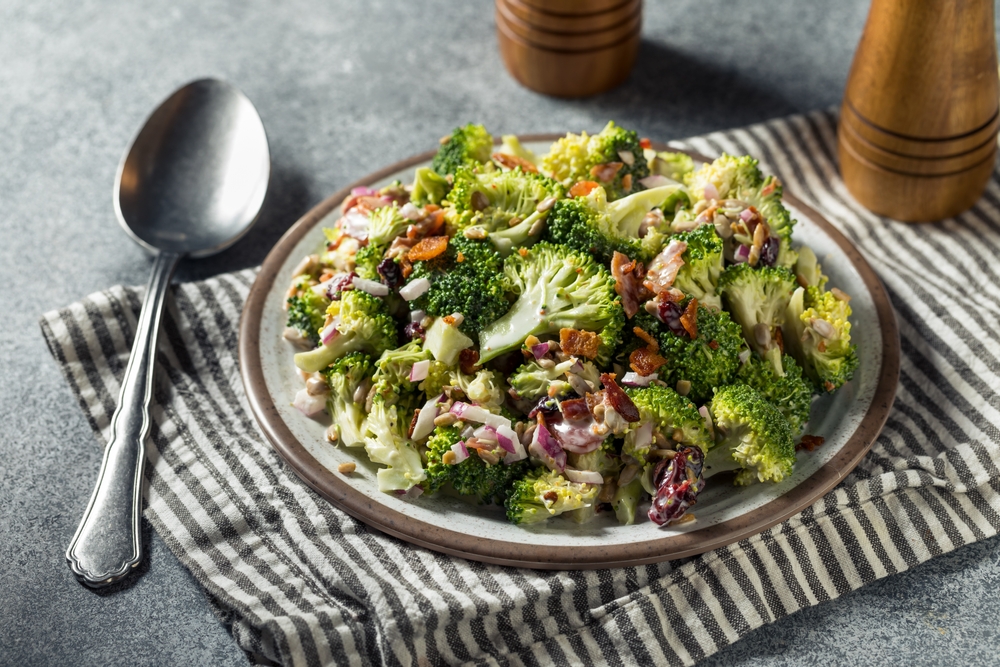
If you’re gearing up for a potluck and want to bring something that’ll really wow the crowd, you’re in luck. From creamy dips and zesty salads to crunchy snacks and indulgent treats, there’s something here for every taste. Read More.
10 Best Gluten-Free Products You Shouldn`t Miss

For those with gluten sensitivities or celiac disease, finding tasty and satisfying food options can be a challenge. But with more and more people adopting a gluten-free lifestyle, grocery stores are expanding their offerings to include a variety of delicious and convenient products. Read More.
Iconic Food Brands Representing Each State
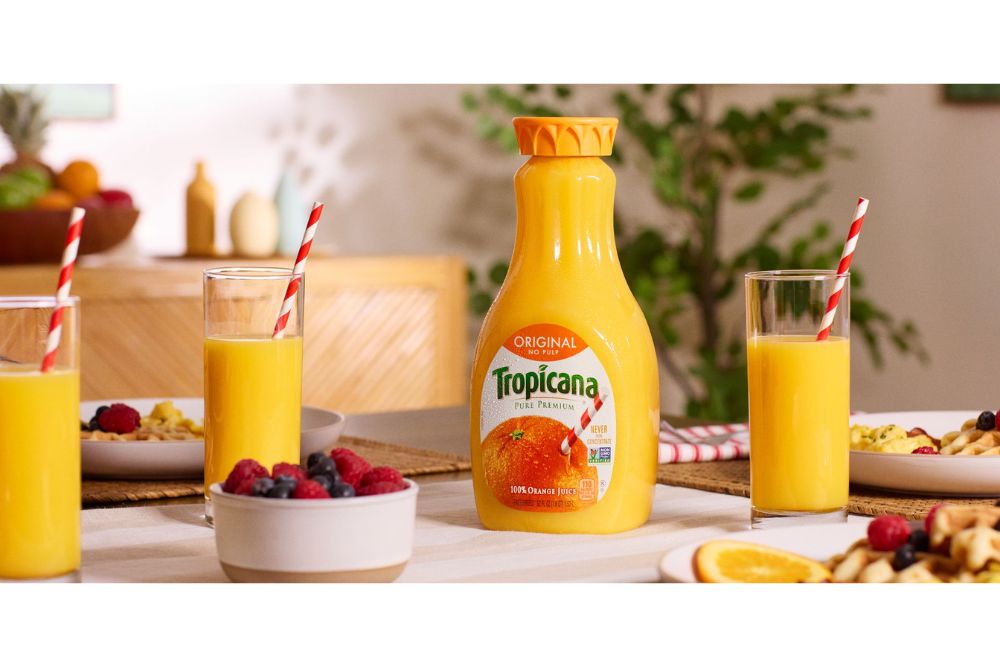
Ever wondered about the coolest food brands from each state? Well, buckle up, ’cause we’re about to take a delicious trip across the U.S.! From mouthwatering BBQ joints to famous burger spots, we’ll explore all the tasty treats that make each state unique. Read More.


